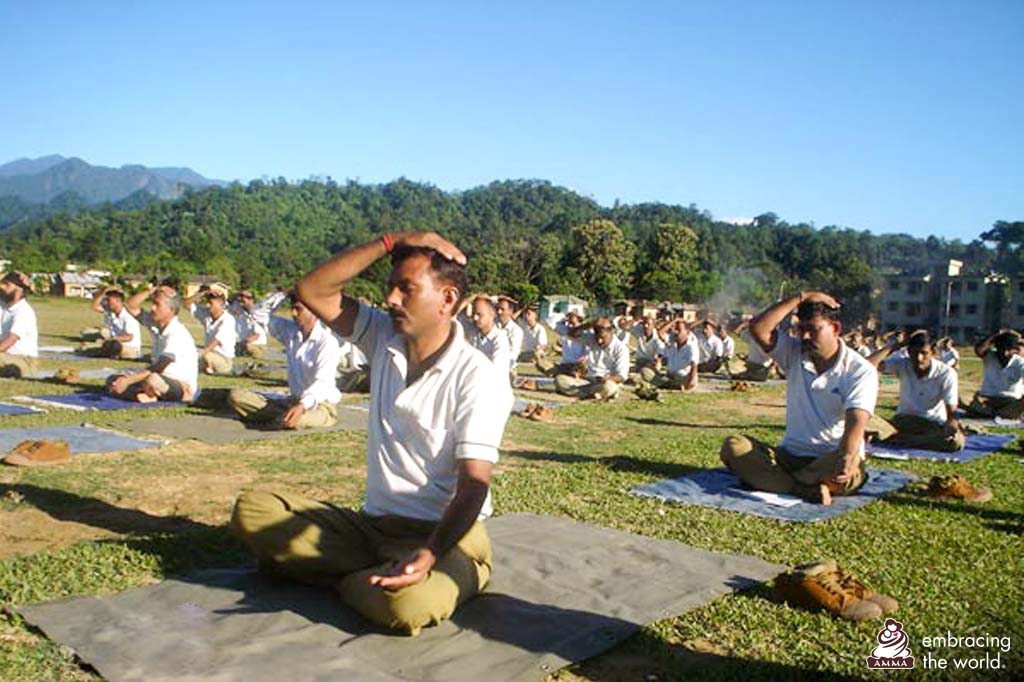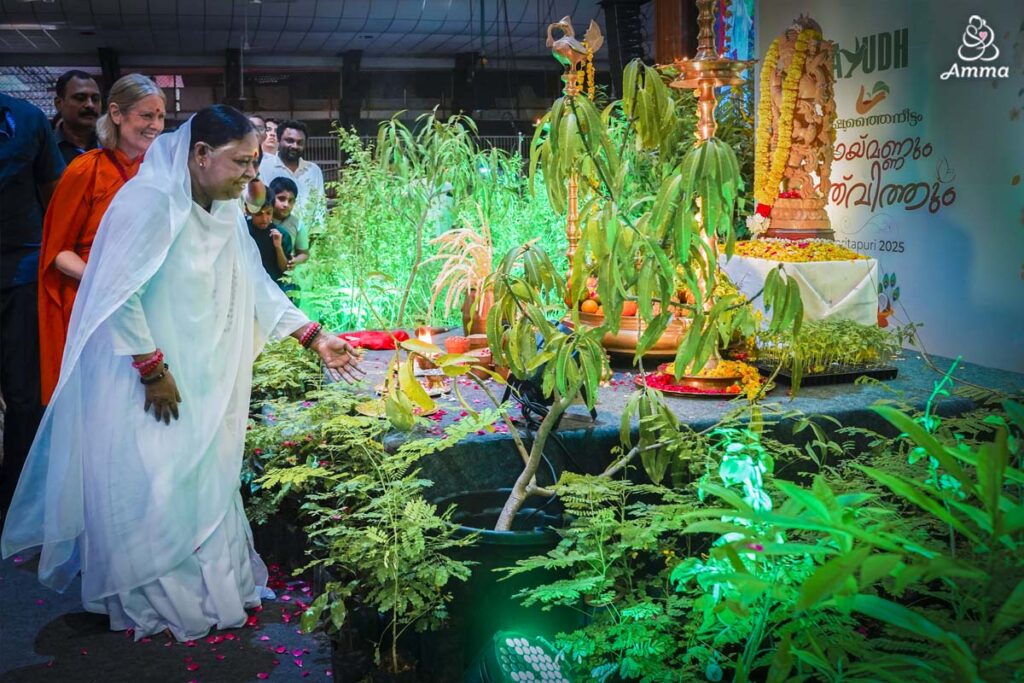It started in 2007 when members of the Indian government approached Amma for advice regarding the inner psychological state of its paramilitary forces. As is well known, the stressful experiences in this field can lead to post-traumatic stress disorder, domestic strife and high suicide rates.
Amma decided to reach out to the men and women working in the forces by teaching them meditation–a practice that goes beyond the written history of humankind. Through the ages, it has been used to bring calm and stability back to agitated minds.
The Mata Amritanandamayi Math’s Integrated Amrita Meditation Technique (IAM) is a simple sequence to combine traditional practice with the needs of current times. It is taught around the world in Asia, Africa, Europe, North America and South America. A five-year study conducted at the Amrita Institute of Medical Sciences in Kochi, Kerala concluded IAM had a significant impact decreasing the stress hormones adrenaline and cortisol.
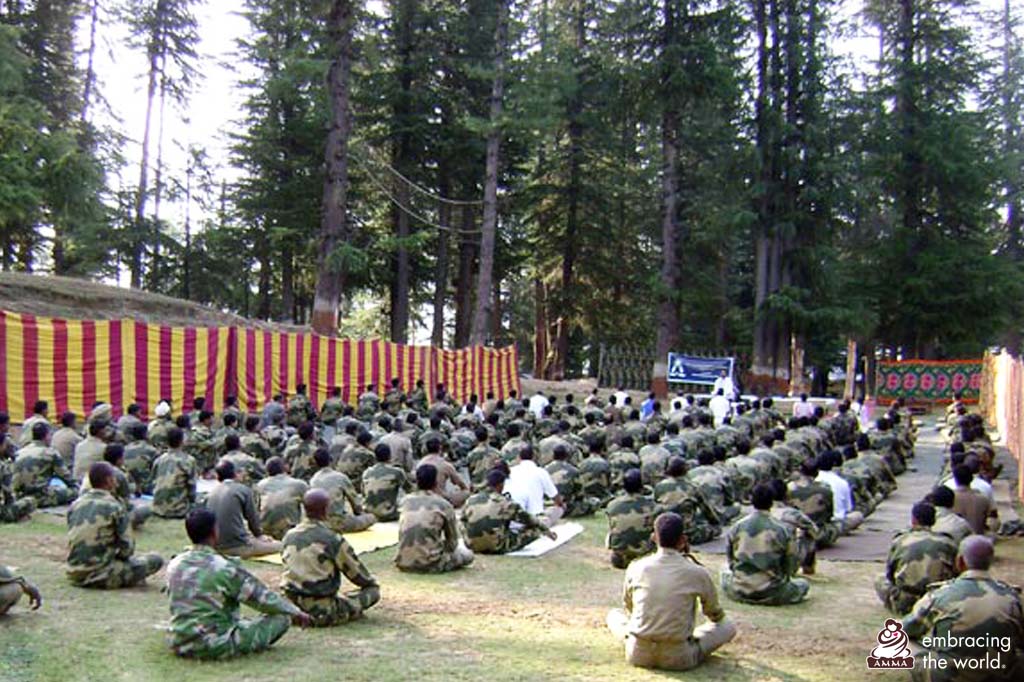
Instruction for the paramilitary began in July 2017. The process was modified to a 20-minute version of IAM that is meant for busy professionals who do not have much spare time. It combines the best steps and methods from other meditation techniques, while at the same time organizing a logical way to accelerate the practitioner’s transition to a more complete state of peace and calm.
As is ancient tradition in India, meditation is always taught free of charge, and so, a group of 30 certified IAM instructors formed ten teams and spread out in all directions across India.
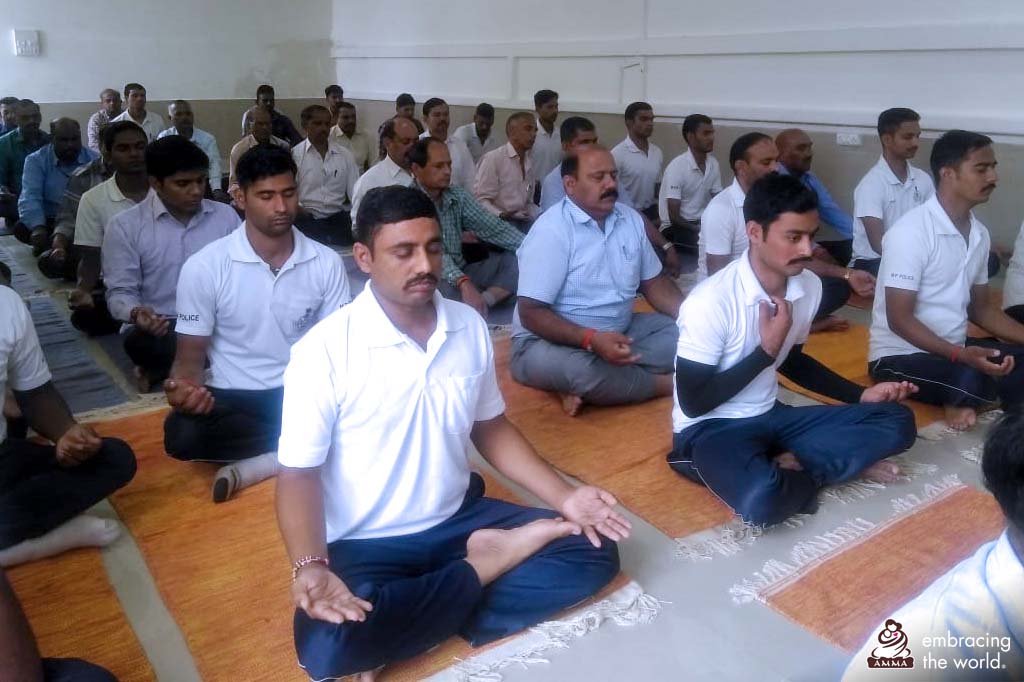
The paramilitary forces who learned IAM included:
– Border Security Force (BSF) – Some of the most inhospitable terrain is manned by the BSF, including the extremely sensitive borders with Pakistan and Bangladesh.
– Indo-Tibetan Border Police (ITBP) – The Himalayan mountain police force patrols areas with elevations between 2,500 to 5,500 meters along the Indo-China border. They are also engaged in VIP security and guarding Indian missions in war-torn countries like Afghanistan.
– Sashastra Seema Bal (SSB) – SSB guards the borders with Nepal and Bhutan and also fights Naxal terrorism.
– Central Industrial Security Force (CISF) – This force protects all the sensitive industrial installations such as air and maritime ports. They have the added responsibility of VIP security.
– Central Reserve Police Force (CRPF) – CRPF is India’s largest paramilitary force with 300,000 personnel. They are assigned counter-insurgency operations in places like Jammu & Kashmir, as well as United Nations missions outside India.
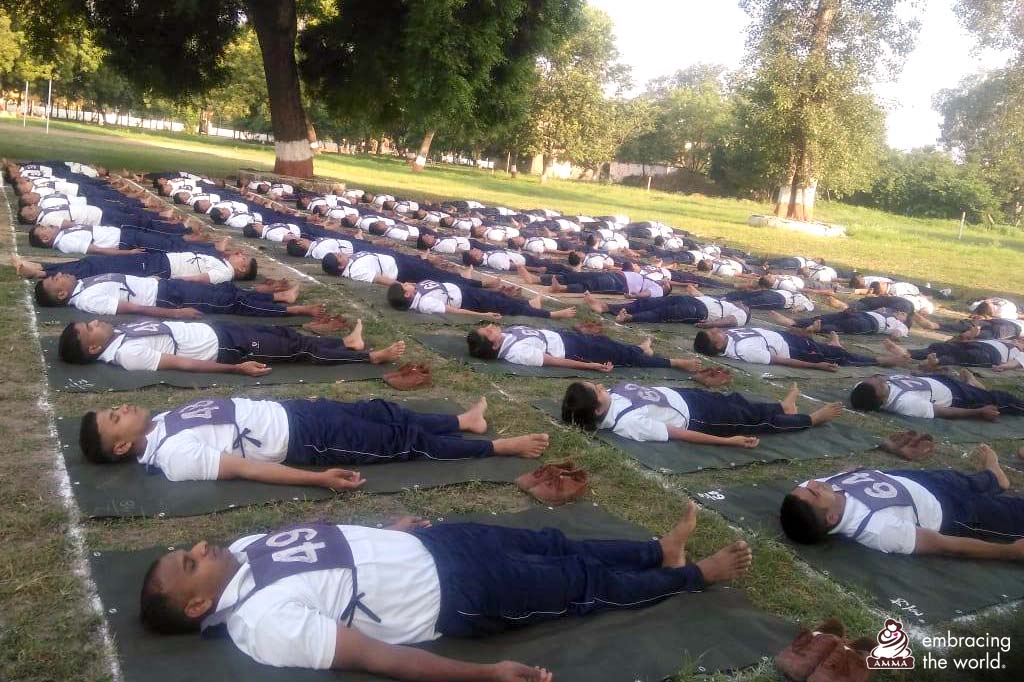
By the end of 2008, about 800,000 paramilitary had learned IAM, and unit heads stated they already saw a reduction in stress levels for their troops. As a result, a select group was identified from paramilitary personnel to become trainers so they could continue IAM instruction and support the practice on a regular basis in their units.
Having seen the success of IAM training with the paramilitary, the Indian Army and Navy requested instruction for their forces to achieve inner peace and heighten their mental faculties. Classes began immediately. Soon after that, police units across India asked for the same and as of today, the program is ongoing.
In an interesting addition, members of AYUDH, our international youth wing, have also been trained and dispatched as instructors. For example last August in Ludhiana, Punjab, 100 policemen learned IAM. Shweta with AYUDH was one of their teachers.
“Meditation is not a new thing at all. For thousands of years, meditation in various forms has been taught in India,” she explained. “However, sages always create new forms to fit the culture, capabilities and needs of the current times.”
The police unit in Ludhiana was grateful for the instruction. Said Major Singh with the Punjab Police, “The IAM meditation and yoga class was motivating and relaxing. I was very impressed listening to the lecture on meditation and hope to attend further such sessions until I perfect this technique to have mental peace and inner calm.”
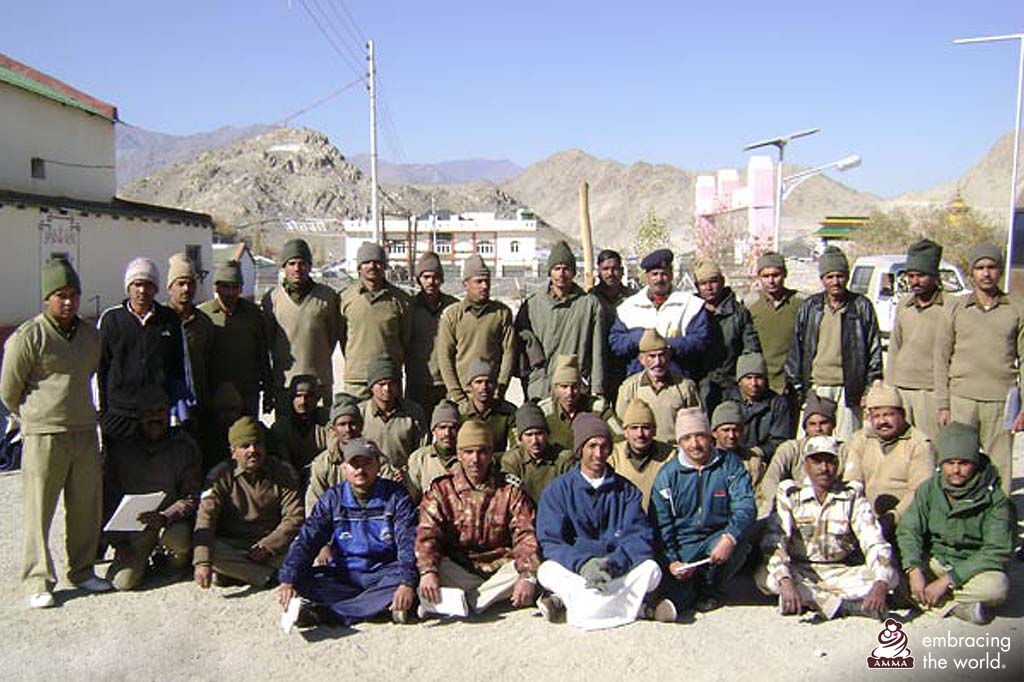
Most recently, AYUDH IAM instructors have begun teaching Navy officers in Kerala. At the Kochi Naval Base, almost 100 officers attended. The attendees included some of the highest ranks with people such as Vice Admiral Anil Kumar Chawla, a Flag Officer Commanding-in-Chief with India’s Southern Naval Command.



